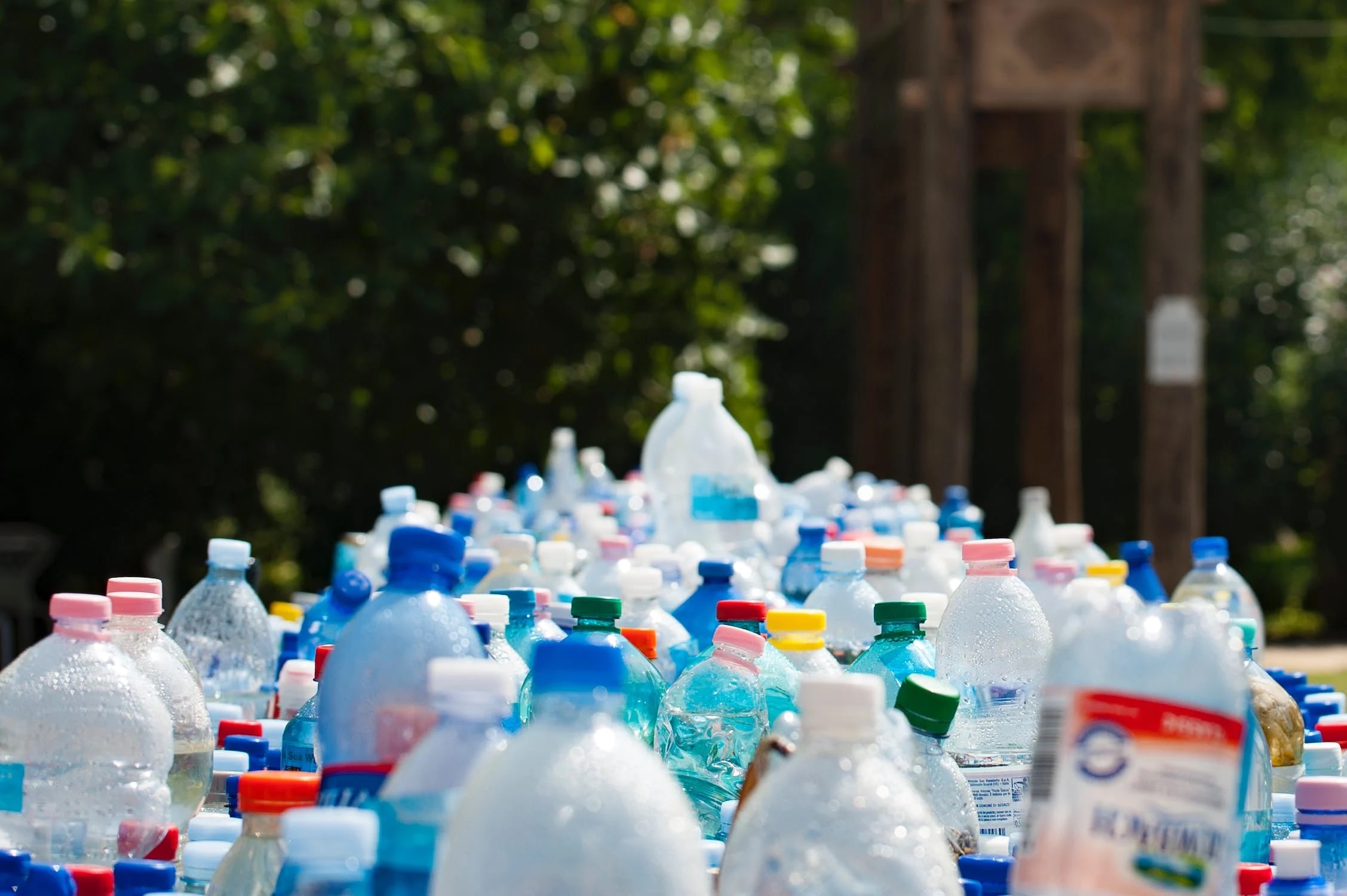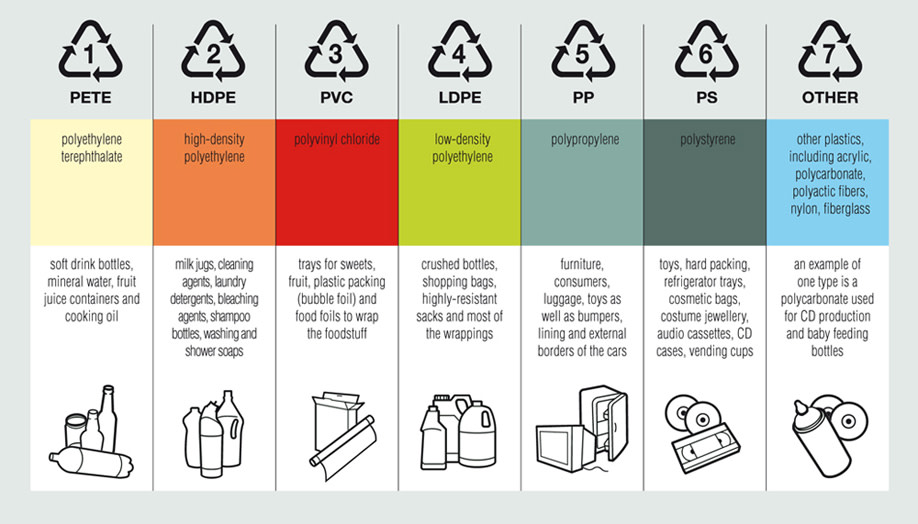3 Ways We Can Be Better Recyclers

Recycling strategies have, for some time, been somewhat confusing. Growing up, some of us probably heard that anything with a recycling symbol on it is recyclable. However, the reality isn’t so simple. City policies have specific rules outlining what can be recycled and what should be in the trash.
Furthermore, even if you do recycle something, some recycling plants don’t have the equipment necessary to break down those items. Some plastics are designed not to be recycled, and recyclers may face difficulty finding people willing to buy that recycled material again,
Based on the prevailing flavour of the environmental news, you could expect that, for example, Canada would lead the US in recycling efforts. However, in America, about 32 percent of trash is recycled, whereas in Canada, that drops to an embarrassing 9 percent.
The problem isn’t that we despise recycling, but that there is a lot of conflicting information circulating, there isn’t enough demand for recycled materials, and there isn’t much incentive to change the recycling system. All of these compound to create a situation where recycling is very challenging to get behind.
But things can change. Systems can be improved once we get better at recycling.
Featured Article: What Are The Main Greenwashing Tactics Companies Use?
Re-Educate Recycling
Misinformation has been rampant for a while now, and even before it entered social cultures, there was plenty of it. As kids (depending on your age reading this, of course) we were told everything with the familiar triangle meant it was recyclable.
This is one of the biggest misconceptions, as not everything is recyclable. When you look at plastics, they have that familiar symbol and a number on them. That's a resin code, and it's used to tell recycling plants what's recyclable and what isn't.
Generally speaking, codes 1, 2, and sometimes 5 are recyclable. Codes 3, 4, 6, and 7 (relegated to food packaging, bubble wrap, and shopping bags) often end up in landfills. That misconception of “everything is recyclable” was on full display in a 2019 survey, where about 68 percent of the 2,000 American participants believed everything indeed was. This prompted California to sign a law restricting the use of those symbols in 2021.
Overall, this misconception has resulted in some deception and misunderstandings about recycling. Take Domino’s Pizza, which puts the recycling symbol on its boxes and stresses that they're recyclable. However, if the box is too greasy or not clean enough, it could easily end up in a landfill.
Handling misinformation is crucial, as it prevents further confusion about what’s recyclable and what isn’t. Companies will have to be smarter about using plastics that are in categories 1 and 2 if they truly wish to be more environmentally conscious. Adding more safety measures and strategies to handle plastics 3 through 7 would be another big step. This is in addition to educating consumers about the nuances of recycling.
Create More Demand For Recycled Goods
The current recycling system is structured in a way where the public isn’t paying extra for the service. The recycling plant generates revenue by selling the material that it produces. This revenue offsets the costs of collecting, sorting, and processing said material.
With no other financial backing, recycling plants and residents are dependent on buyers. As a result, what is collected and rejected is both fragile and variable. You can see that in the fact that some places will accept Resin Codes 4 and/or 5.

Resin Codes 3, 6, and 7, on the other hand, are avoided by buyers and recycling plants. Those plastics have toxins in them, and melting them down produces toxic fumes. Because of this, no recycling plant will ever recycle these.
How recycling plants function makes them highly susceptible to the demands of the buyers, which can result in recycling plants changing their policies on what plastics and materials they collect.
For example, China bought plenty of plastic from the US for a while. But since 2017, China has started to crack down on plastics since it had a growing plastic problem. As a result, recycling plants may turn to landfills to dump those plastics if they can’t find suitable buyers.
Thankfully, companies like Target are setting up sustainable measures. Things like gathering more recycled material from those plants, which in turn gives recycling plants a buyer. Pressuring larger companies to re-buy resources and reuse them again is a good strategy moving forward since purchases can be made at home rather than trying to ship plastics to foreign countries. Alternatively, prevention is always key, and reducing plastic overall is ultimately the most effective strategy..
Create More Incentives
Beyond that, there aren’t many incentives in place for the system to change. Many people believe their plastics are recycled, even though the vast majority are discarded in landfills. Even under that misconception, not every city is equipped to handle the various plastics as well. For example, there are specialty recycling centres that are designed to recycle plastic bags that not every city can build.
Even people who can make active changes may be acting under false pretences. Cities are turning to ‘zero waste’ strategies, but recycling is one of the cornerstones of this strategy to keep waste out of landfills.
As mentioned above, that’s much harder to do in concept.
Aside from that, the only incentive that's been put in place thus far is through plastic bottles. Certain states in the US have passed bottle bills where, if the bottle is returned to a facility in the area, customers can get five to 15 cents back on their bottle. That is enough incentive to recycle those bottles rather than throw them in the trash.
Some companies are creating some incentives of their own too. Coca-Cola is not only working on its plastic packaging but also on refilling or reusing a quarter of its glass and plastic bottles. Reuse is perhaps a simpler strategy, whereas Coca-Cola’s assertion that it is moving to “100% recycled bottles” is, at present, somewhat mired in greenwash. There are smaller-scale efforts as well, like a start-up that’s washing and refilling bottles through a vending machine.
Those are all great efforts, but they only focus on bottles. And this is harder to do in cases like straws, utensils, and packaging. It’ll be hard for fast-food restaurants to expect customers to have silverware on hand at all times. And the paper straw initiative isn’t as green as it’s made out to be.
More Recyclables, More Problems
Trying to make everything totally reusable at this point is going to be very difficult, and every solution is going to have its drawbacks. That shouldn’t dissuade us from never recycling anything ever again, but rather make us spend more time thinking about our own consumption.
Being more mindful of the amount of plastic that you use is a good first step. Where possible, use reusable cups, straws and containers, and yes, even if that means getting into the habit of taking plastic food containers to restaurants for takeout.
If there are people willing to put policies and programmes in place to help the environment, then it’s worth supporting them. Cultivating these recycling behaviours really is the ‘low-hanging fruit’ in terms of where you can start.

